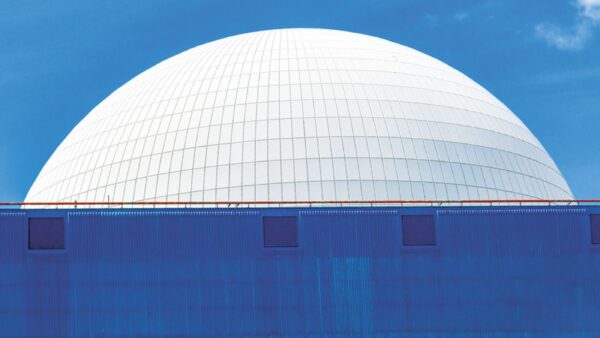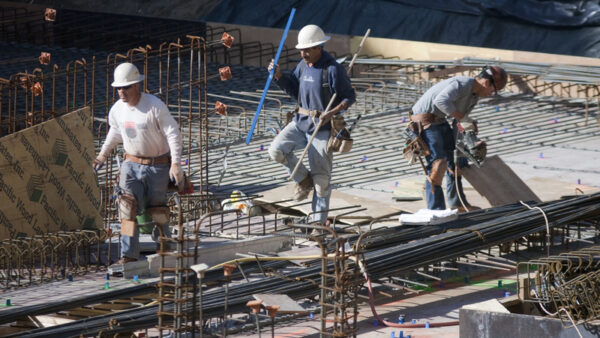China is today launching its first Fuxing bullet train service in the Tibet Autonomous Region, broadcaster CGTN reports.Â
The launch of the service marks the completion of a programme of work to bring high-speed services to all provincial-level regions on the Chinese mainland.
However, the $4.8bn Tibet line will operate at medium speeds – 160km/h rather than the 200km/h usually considered the threshold of a true high-speed line.
The trains will have further modifications to deal with the route over the Tibetan plateau, 90% of which is at least 3km above sea level. People are generally susceptible to altitude sickness at heights over 2.5km, so the trains will carry oxygen supply equipment and a back-up diesel traction system in case of emergencies.
The 435km line will run between the Tibetan capital of Lhasa and the city of Nyingchi, on the southeast edge of Tibet, near the border with the Indian state of Assam. The line continues from Nyingchi to Chengdu, capital of the central Chinese province of Sichuan.
According to the Tibet Railway Construction Co, which built the line, it has 47 tunnels and 121 bridges.
The service will cut the journey time between Lhasa and cities on the line by about one third, and the time between Chengdu and Lhasa, a distance of 1,700km, from 48 hours to 13.
The $37bn line is the second link to China’s far west, following the 2,000km Qinghai project that was completed in 2006. That line, which at times travels 5km above sea level, connects Tibet to northern China.
When the line was begun, in 2017, You Yong, the chief engineer at the Institute of Mountain Hazards, told the Xinhua news agency: “The construction and operation of the Sichuan-Tibet railway must overcome the biggest risks in the world.” (See further reading.)
The Fuxing design, which came into service in 2014, uses “electric multiple units trains”, meaning that the carriages are self-propelled. They are capable of running at speeds between 160km/h and 350km/h, making the Fuxing the world’s fastest conventional train.
Image: The Nyang River near Nyingchi. Altogether, the link to Lhasa has 47 tunnels and 121 bridges (Gordon Cheung/CC BY-SA 2.0)
Further reading:






